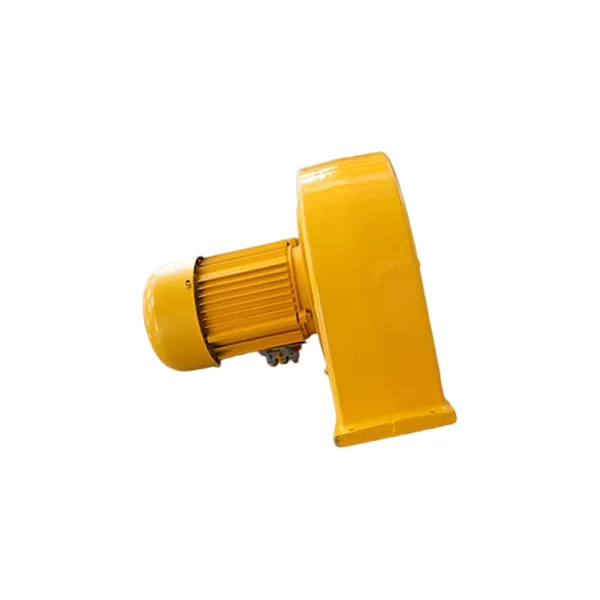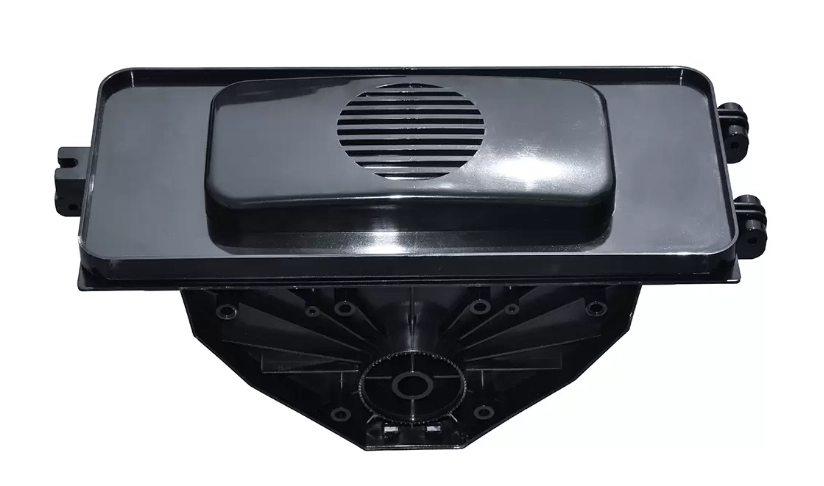Introduction: Hygiene Challenges in Critical Environments
Hospitals and laboratories are spaces where hygiene cannot be compromised. A single lapse in contamination control can lead to infections, inaccurate test results, or compromised research integrity. While hand sanitizers, gloves, and protective gowns are common, one often overlooked source of contamination comes from the soles of shoes.
Every footstep carries microorganisms, dust, and residues from the outside world. In clean and sterile environments such as operating rooms, ICUs, pharmaceutical labs, and diagnostic centers, these invisible intruders can have serious consequences.
This is where innovation steps in — literally. The Smart Shoe Film Dispenser provides a fast, automatic, and touch-free solution to minimize contamination risks, improving hygiene standards for healthcare and research facilities alike.
1. The Need for Smarter Hygiene Solutions
Healthcare facilities handle thousands of footfalls every day — from doctors and nurses to visitors, technicians, and cleaning staff. Manual shoe covers or mats are often used to limit dirt transfer, but they come with limitations:
-
Disposable covers require bending down, causing discomfort and inefficiency.
-
Manual handling increases cross-contamination risk.
-
Wasted covers and plastic contribute to environmental impact.
-
Visitors often struggle to use traditional dispensers correctly.
A smart shoe film dispenser solves all of these problems by automating the process. With no manual contact, it ensures consistent hygiene at every entry point, reinforcing a culture of safety.
2. What Is a Smart Shoe Film Dispenser?
A smart shoe film dispenser is a compact, automated machine that wraps the bottom of your shoes with a protective film. Users simply step in, and the device automatically applies a thin, secure layer of film around the shoe sole.
The process takes less than two seconds and requires no bending, no manual handling, and no special training. The machine’s sleek design fits perfectly into hospital corridors, lab entrances, and clean room vestibules.
For healthcare and laboratory settings, the Shoe Film Dispenser Machine for Clean Room by QUEN offers an ideal combination of hygiene, durability, and convenience — ensuring every step remains sterile.
3. Key Hygiene Advantages in Hospitals
3.1 Preventing Cross-Contamination
In hospitals, pathogens often spread through contact surfaces — and floors are a major transmission medium. A doctor stepping from a general ward into an ICU or surgical area can unintentionally carry bacteria on their shoes.
The smart shoe film dispenser acts as a barrier, sealing off shoe soles before they enter sensitive zones. Each layer of film effectively isolates outside contaminants, helping reduce the transfer of harmful microorganisms.
3.2 Maintaining Sterility in Critical Areas
Operating theaters, clean labs, and isolation rooms must adhere to strict sterility standards. Even with air filtration and frequent cleaning, floor-level contamination remains difficult to control.
With automated shoe wrapping, sterile conditions can be maintained effortlessly, as the machine ensures that every person entering is wearing a freshly sealed, contamination-free shoe layer.
3.3 Reducing Human Error
Manual methods rely heavily on user compliance. In contrast, the automatic dispenser standardizes the process — it’s consistent, fast, and nearly foolproof. This ensures hygiene rules are followed every time, without supervision.
4. Hygiene Benefits in Laboratories
4.1 Protecting Samples and Test Accuracy
In research and diagnostic laboratories, environmental contamination can compromise sample integrity. Dust particles, biological residues, or even trace chemicals from footwear can lead to skewed results.
By wrapping shoes instantly with a clean film, the dispenser keeps work areas free from these invisible threats. The result: higher reliability, fewer errors, and cleaner data.
4.2 Supporting Biosafety and Regulatory Compliance
Many biosafety levels (BSL-2, BSL-3) require personnel to minimize contamination through proper protective barriers. Smart dispensers align perfectly with these protocols, offering a practical method to maintain floor hygiene while saving time during entry and exit.
4.3 Minimizing Cleaning Costs
Every lab invests heavily in cleaning and floor sterilization. With reduced shoe-borne contamination, floors stay cleaner longer, lowering the frequency of mopping and disinfection. This not only saves time but also reduces chemical usage, contributing to greener operations.
5. Touch-Free Operation: A Small Step, A Big Difference
One of the greatest advantages of the smart shoe film dispenser is its completely hands-free operation. Traditional dispensers require physical contact, often leading to shared surface contamination.
By automating this process, users simply step into the machine — no need to bend, adjust, or touch anything. This single innovation dramatically reduces the chance of germ transmission between users.
Touch-free technology also improves user comfort, encouraging compliance among staff and visitors alike.
6. Efficiency and Energy-Saving Design
The automatic shoe film dispenser is engineered for efficiency. Unlike older models that rely on complex mechanical systems, QUEN’s version features:
-
Low standby power consumption, saving energy throughout the day.
-
High-capacity film rolls, reducing the need for frequent replacement.
-
Fast dispensing speed, allowing quick movement through busy entrances.
-
Compact and durable construction, ideal for hospital corridors and labs.
For healthcare administrators, these features translate to reduced operational costs, fewer disruptions, and improved workflow continuity.
7. Accessibility and Ease of Use
Hospitals serve people of all ages and physical abilities. Bending to put on traditional shoe covers is often inconvenient — especially for elderly visitors or staff carrying medical instruments.
A smart dispenser removes this barrier. The one-step mechanism accommodates everyone, from lab technicians in full PPE to visiting patients.
It’s also adjustable for different shoe sizes, ensuring a secure fit whether users wear sneakers, boots, or lab footwear. This versatility enhances both safety and comfort.
8. Supporting a Culture of Cleanliness
Implementing a smart shoe film dispenser is more than an operational upgrade; it represents a cultural shift toward smarter hygiene management. It demonstrates an organization’s commitment to technology, safety, and care.
In modern healthcare design, patients and visitors increasingly judge cleanliness visually. A dispenser at the entrance signals that your facility prioritizes hygiene as seriously as treatment quality. It sets a professional tone and builds trust from the first step inside.
9. Environmental Considerations
Traditional disposable shoe covers often contribute to plastic waste. By switching to film dispensers with recyclable film rolls, facilities can reduce overall consumption.
Each roll covers hundreds of pairs of shoes, and unlike loose plastic covers, they use less material per use. Combined with the dispenser’s energy-efficient design, this makes it a more sustainable solution in the long run.
10. A Practical Investment for the Future of Hygiene
In the age of heightened awareness about infection control — from hospital-acquired infections (HAIs) to viral outbreaks — smart automation in hygiene practices is no longer optional.
The Automatic Shoe Film Dispenser Machine for Clean Room embodies that evolution. It provides measurable benefits in sanitation, convenience, and sustainability, aligning with both healthcare safety goals and environmental responsibility.
Hospitals and labs that adopt these systems not only meet compliance standards more easily but also improve efficiency, reduce costs, and safeguard their reputation as leaders in cleanliness.
Conclusion: Every Step Matters
From sterile labs to high-traffic hospital corridors, the battle for hygiene is constant. The smart shoe film dispenser offers a simple yet powerful way to control one of the most persistent sources of contamination — the shoes beneath our feet.
By combining automation, safety, and modern design, this device bridges the gap between practicality and prevention. For institutions that demand the highest hygiene standards, it’s not just an accessory — it’s an essential part of a smarter, cleaner future.
Learn more about the Shoe Film Dispenser Machine for Clean Room and discover how this technology can transform hygiene in your facility.
www.quenshoecovers.com
Zhejiang Quen Technology Co., Ltd.




More Stories
美食
Is Recycled Glass Pieces the Sustainable Solution Your Projects Need?
Explore the Rich History and Techniques of Literati Painting at Ni·Shangle Gallery